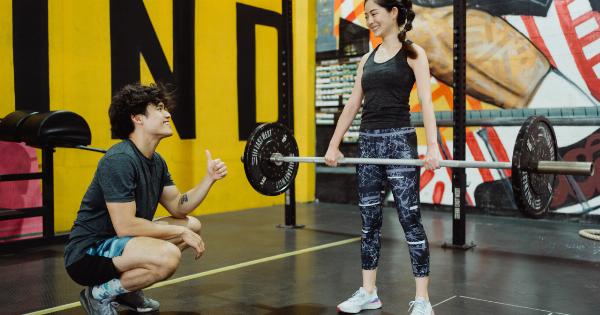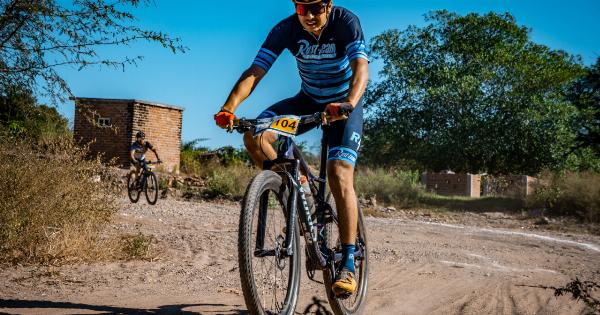Saddle soreness is a common issue that many cyclists experience after spending long hours on their bikes. This discomfort can not only affect one’s ability to ride but can also impact other aspects of life, including sex.
In this article, we will delve into the relationship between saddle soreness and sex, exploring its causes, potential consequences, and strategies to manage and prevent it.
Understanding Saddle Soreness
Saddle soreness refers to the discomfort and pain experienced in the perineal area, which includes the genitals and the area between the anus and the genitals. It can manifest as chafing, skin irritation, inflammation, or even open sores.
The Impact on Sexual Health
Saddle soreness can have a significant impact on sexual health and intimacy. The discomfort and pain caused by saddle sores can make sexual activities, such as intercourse, uncomfortable or even painful.
This can potentially lead to a decline in sexual desire or the avoidance of sexual encounters altogether.
Causes of Saddle Soreness
There are several factors that contribute to saddle soreness, including:.
- Friction: Constant rubbing and friction between the skin and the bike saddle can lead to irritation and soreness.
- Pressure: Prolonged pressure exerted on the perineal area can cause tissue damage and discomfort.
- Incorrect Bike Fit: A poorly fitted bike can put excess pressure on sensitive areas, contributing to saddle soreness.
- Poor Hygiene: Insufficient hygiene practices, such as not keeping the perineal area clean and dry, can increase the risk of saddle soreness.
- Overtraining: Excessive cycling without giving the body enough time to recover can exacerbate saddle soreness.
Preventing and Managing Saddle Soreness
Fortunately, there are various measures you can take to prevent and manage saddle soreness. These include:.
- Investing in a Proper Bike Fit: Ensuring that your bike is properly fitted for your body can help distribute your weight more evenly and reduce pressure on sensitive areas.
- Using the Right Saddle: Choosing a saddle that matches your sit bones’ width and provides adequate padding and support can make a significant difference in preventing saddle soreness.
- Wearing Padded Cycling Shorts: Padded cycling shorts create a protective barrier between your skin and the saddle, reducing friction and pressure.
- Proper Hygiene: Maintaining good hygiene practices, such as regularly cleaning the perineal area and wearing clean shorts, can lower the risk of developing saddle sores.
- Taking Breaks and Using Chamois Cream: Taking regular breaks during long rides allows your body to rest and recover. Additionally, applying chamois cream can help reduce friction and soothe the skin.
Seeking Medical Advice
If saddle soreness persists or worsens despite preventive measures, it is important to seek medical advice.
A healthcare professional can assess the severity of the situation and provide appropriate treatment options, which may include topical creams, antibiotics, or other interventions.
Transitioning Back to Sexual Activities
When recovering from saddle soreness, it is crucial to communicate openly with your partner about any discomfort or pain you may be experiencing.
Taking things slowly and using positions that minimize pressure on the affected areas can help ease back into sexual activities while allowing for healing.
Conclusion
Saddle soreness can pose challenges when it comes to sexual health, but with proper preventive measures and management strategies, it is possible to overcome this issue.
By investing in a well-fitted bike, wearing padded cycling shorts, and maintaining good hygiene practices, cyclists can reduce the risk of saddle soreness and enjoy both their rides and their sex lives to the fullest.





























